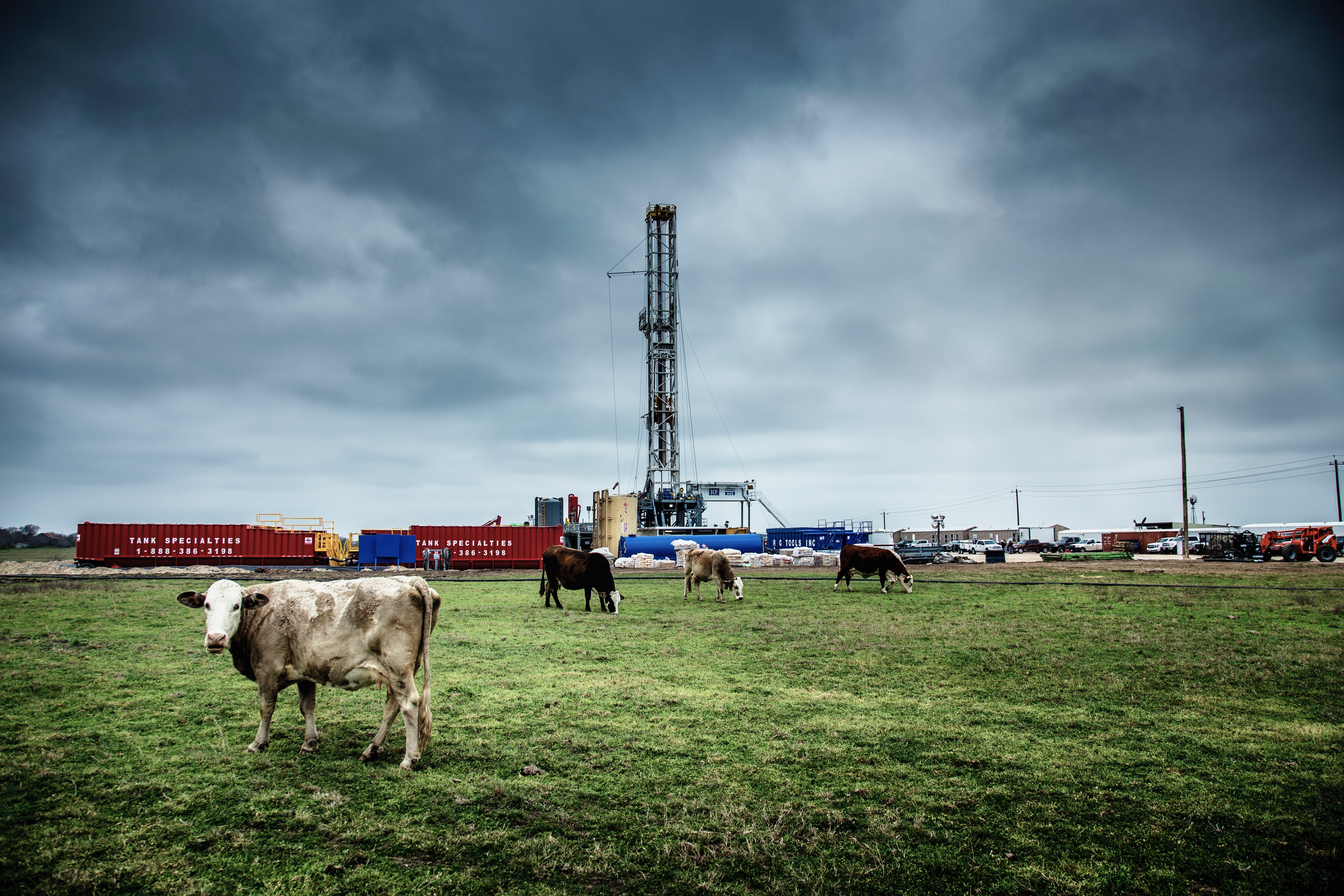Use of Immersion Heaters for a Small Dairy Farm
This case study looks at the use of immersion heaters for a small dairy farm. The need for pasteurization calls for high heat that can be strictly regulated.
The Problem: Pasteurization and Food Processing
 The customer owns a small dairy farm and wants to change from a gas heated pasteurization system to electric heat. The farmer is considering four vats of 800 gallons each to provide storage or processing space for the two pasteurization methods. Those two processes are high-temperature, short-time (HTST) and Ultra Heat Treatment (UHT), also known as extended shelf life (ESL), each calls for a different heating and cooling/packaging process. The HTST pasteurization process calls for the milk to be heated to 161° Fahrenheit (F) or 72° Celsius (C) for 15 seconds, while the ESL is heated to 284° F or 140 °C for four seconds. The HTST pasteurized milk is immediately cooled and refrigerated to produce a product whose shelf life is two to three weeks, while the UHT needs no refrigeration, as long as it is kept in an air tight container. Once opened, refrigeration is advised. While HTST is a pasteurization process, UHT or ESL is closer to a sterilization process.
The customer owns a small dairy farm and wants to change from a gas heated pasteurization system to electric heat. The farmer is considering four vats of 800 gallons each to provide storage or processing space for the two pasteurization methods. Those two processes are high-temperature, short-time (HTST) and Ultra Heat Treatment (UHT), also known as extended shelf life (ESL), each calls for a different heating and cooling/packaging process. The HTST pasteurization process calls for the milk to be heated to 161° Fahrenheit (F) or 72° Celsius (C) for 15 seconds, while the ESL is heated to 284° F or 140 °C for four seconds. The HTST pasteurized milk is immediately cooled and refrigerated to produce a product whose shelf life is two to three weeks, while the UHT needs no refrigeration, as long as it is kept in an air tight container. Once opened, refrigeration is advised. While HTST is a pasteurization process, UHT or ESL is closer to a sterilization process.
Contrary to what most people believe, milk is one of the most dangerous foods in the world. Mishandled raw milk (non-pasteurized) accounts for three times as many illnesses as any other food source, according to the Centers for Disease Control (CDC). UHT processing allows milk to be stored for several months on the shelf, without refrigeration.
The Solution:Flanged Immersion Heaters with Temperature and Time Sensors
Electric immersion heaters, flanged heaters and screw plug heaters, provide a crucial tool for both the pasteurization and the sterilization process. With temperature and time control sensors, the process of HTST and UHT are nearly automatic for a small dairy farm operation, as they are in several food processing industries. The pasteurization and sterilization processes control heat and cooling to help ensure quality and safety controls. Steady heat maintenance in controlled environments is essential for food processing and electric immersion heaters are more accurate than gas or other fossil fuel heating apparatus and coupled with digital sensors provide more than adequate control settings.
Food safety and quality are an essential portion of food processing. In sterilization, microorganism contamination is eliminated as long as an airtight seal is maintained, while pasteurization slows the process and provides longer refrigeration shelf-life for fresh milk.
The use of flanged immersion heaters to establish an environment for the sprayed milk to attain 284° F for four seconds is simplified. Milk sprayed into a preheated chamber is protected from the heating elements in the same manner as milk in a Dutch Oven, so the milk cannot be overheated or curdled.
Pasteurization can take place in the 800 gallon tanks preheated to 161° F using screw plug heaters, which are preferred in small tank heating operations. A pulse mixer can be used to eliminate stirring while the milk reaches the desired temperature throughout, and then immediately drained into another 800-gallon tank, cooled to 40° F awaiting separation into containers for sale to local markets or as occurs three times per week the product is sold to a local cheese maker. Pasteurized milk is much preferred over UHT milk for cheese making, according to the farmer.
Digital sensors provide input to control panels to help automate the process and ensure time and temperatures are maintained.
WATTCO sells and services electric immersion heaters, digital sensors, and control panels to assist the small business owner control production and processing of food items and ensure freshness and purity controls are met.
If you are in need of electric immersion haters for your business, large or small, contact WATTCO today to get the answers to your questions and the parts and service you need.
Call 1-800-4-WATTCO or use the Request for Information form.
